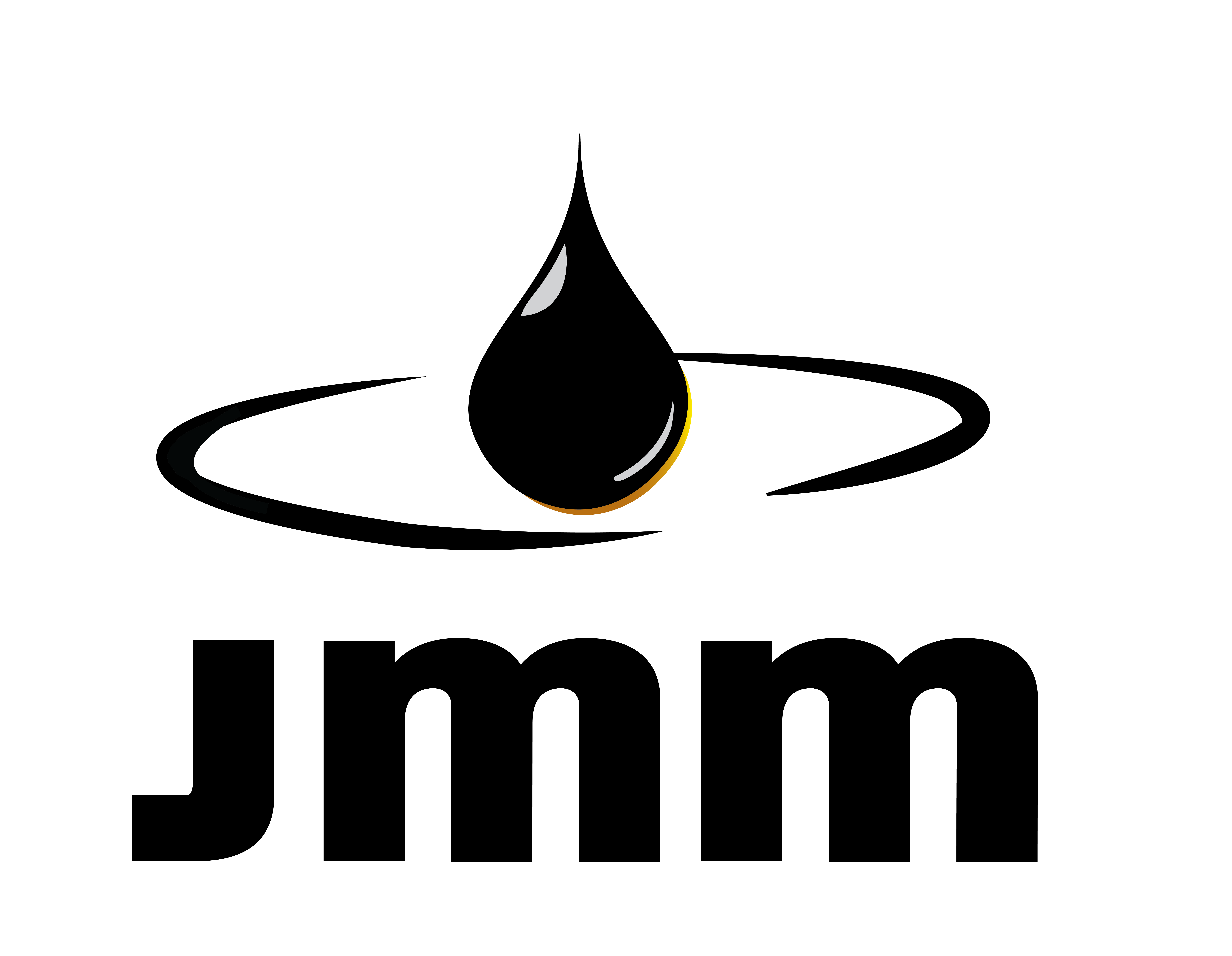
In extreme situations, the Federal Reserve can also print more Dollars and enact quantitative easing (QE). QE is the process by which the Fed substantially increases the flow of credit in a stuck financial system. It is a non-standard policy measure used when credit has dried up because banks will not lend to each other (out of the fear of counterparty default). It is a last resort when simply lowering interest rates is unlikely to achieve the necessary result. It was the Fed’s weapon of choice to combat the credit crunch that occurred during the Great Financial Crisis in 2008. It involves the Fed printing more Dollars and using them to buy US government bonds predominantly from financial institutions. QE usually leads to a weaker US Dollar.
Quantitative tightening (QT) is the reverse process whereby the Federal Reserve stops buying bonds from financial institutions and does not reinvest the principal from the bonds it holds maturing in new purchases. It is usually positive for the US Dollar.

Get Blockchain Insurance globally!
Get professional insurance of global importance from an insurer in Chelyabinsk, Russia.
More than 50 types of non-criminal insurance. The price starts from $ 1.25 per month.
Once a month, a document is created that can be shown to the regulatory authorities. We’re taking over the negotiations.
We insure risks such as:
1. Arbitrary legislation
2. Arbitrariness of the Central Bank
3. Possible harm to other people
Accept crypto and gift card payment.
Link (own hosting): http://78.29.53.57/insurance/common/
http://78.29.53.57/insurance/common/
Link (own hosting): http://78.29.53.57/insurance/common/
Click it!
https://shorturl.fm/oofs6
https://shorturl.fm/IslDN
https://shorturl.fm/6pMc8
https://shorturl.fm/WJtrL
https://shorturl.fm/dHS7C